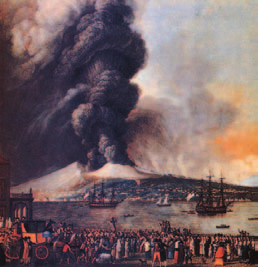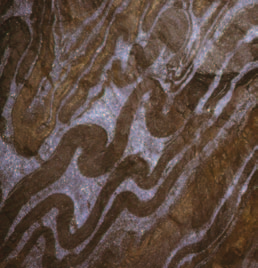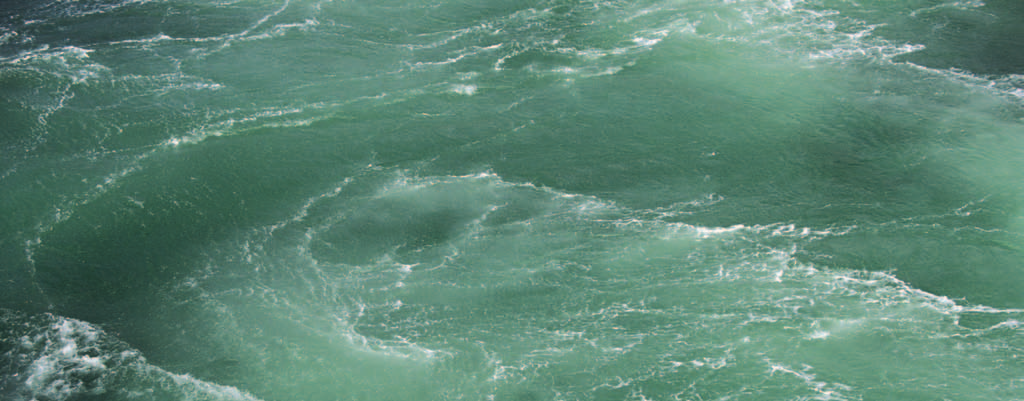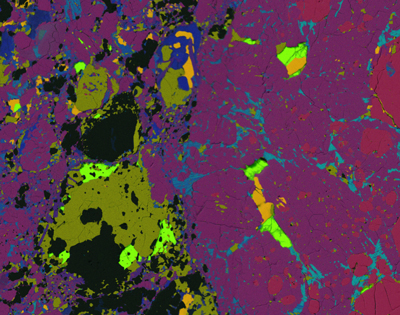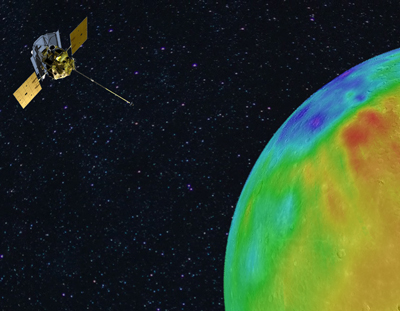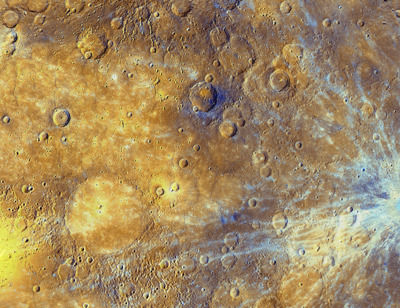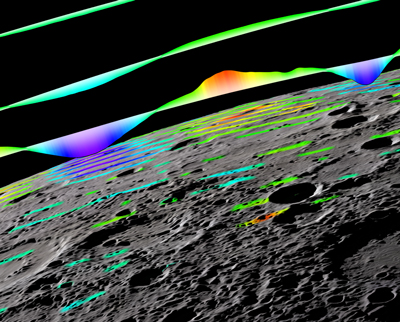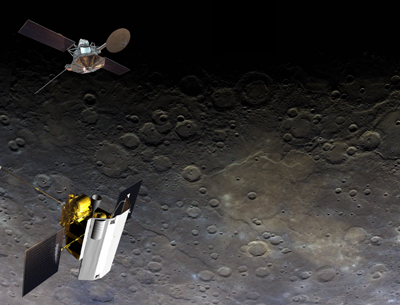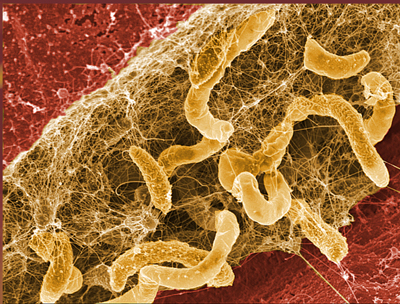Volatiles in Magmatic-Volcanic Systems
The abundance and flux of volatiles are important to the hazards associated with explosive volcanic eruptions. Volatiles in magmas can be determined from investigations of melt and fluid inclusions in combination with volatile solubility data. A comparison of the newly deter- mined solubilities of H 2O, SO2, and Cl in a molten Vesuvius phonolite with the compositions of Mt. Somma-Vesuvius melt and fluid inclusions further elucidates degassing and eruptive processes for this volcano.
Volatiles in Magmatic-Volcanic Systems Read More »


